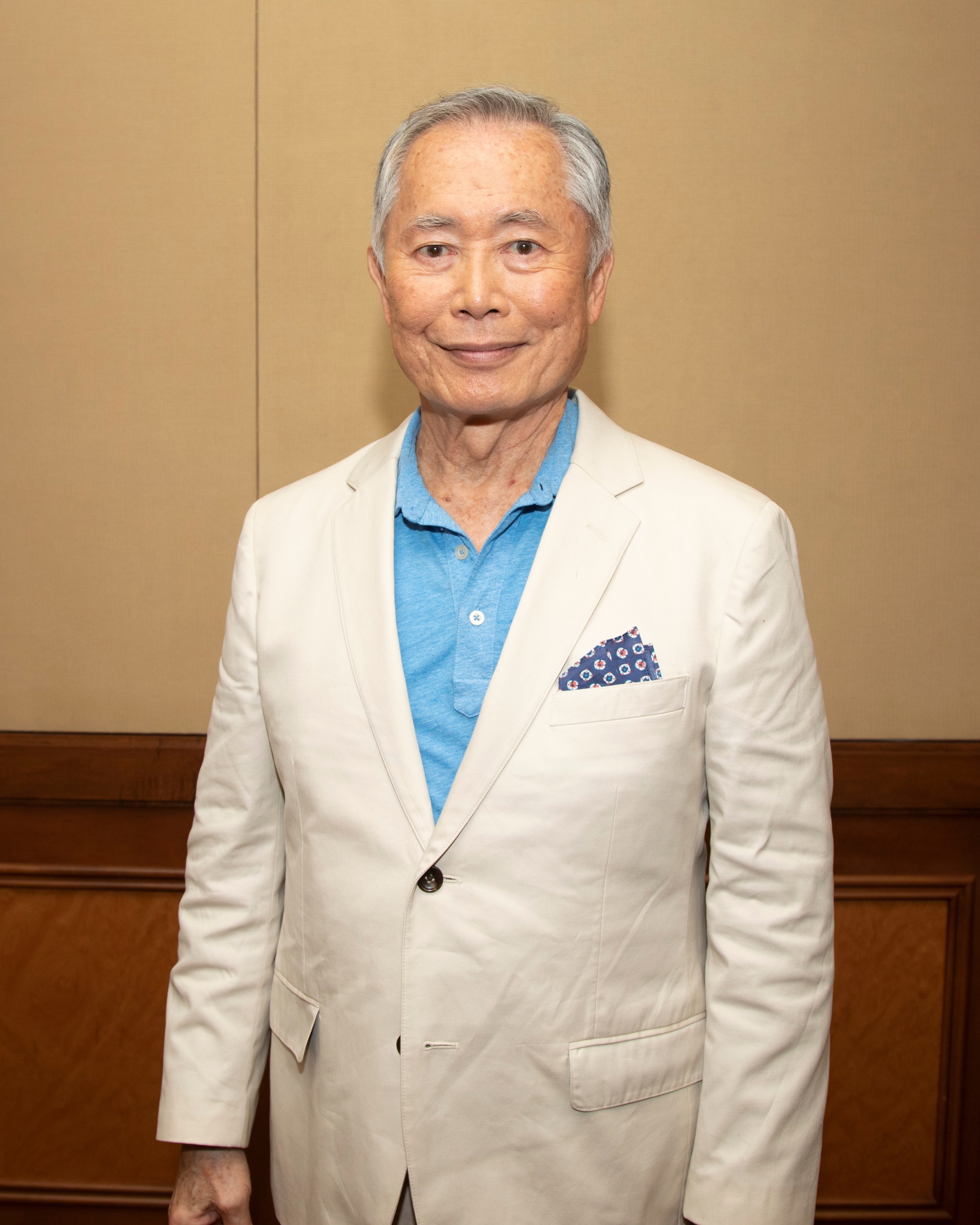
- Festivals
Hero Moment: George Takei, From Personal Pain to Enlightenment
“At five years old I was classified as an enemy and threat to national security,” said George Takei during a recent stop by the HFPA Comic-Con lounge, recalling being taken from his home at gunpoint with his family during the forced relocation and incarceration of Japanese-Americans in concentration camps during World War II. “Hysteria swept this country. We were also at war with Germany and Italy as well as Japan, but we were more visibly identifiable. German-Americans and Italian-Americans were like the rest of America.”
This dark and shameful period of American history may seem like the distant past to some, but Takei recognizes its timeliness and increased relevance in a world rife with parallels in the demonization and marginalization of both minority groups and those designed to uphold the public trust. And so the 82-year-old icon, best known for his role as Mr. Sulu in the original Star Trek TV series, is a man on a mission. With both a new book, the graphic novel They Called Us the Enemy, and The Terror: Infamy, the second season of the anthology series executive produced by Ridley Scott, Takei aims to spark a dialogue about demagoguery and prejudice. In doing so, he hopes to cause people to reflect upon how they (and their government) treat people who might look different than themselves.
And for that job, born out of in no small part his experience on Star Trek, Takei believes vehicles of mainstream entertainment are important. The Terror: Infamy, then, tells the story of a malevolent spirit that haunts and brings death to a Japanese-American community, which includes Chester Nakayama (Derek Mio), the adult son of immigrants pressed into service in the army, as well as community elder and former fishing captain Yamato-san (Takei).
“There is a genre of Japanese literature called Kaidan, which has now become a cinema genre as well, which basically translates as ghost tales. So we have fused this actual chapter of American history with an ancient genre of Japanese literature, horror tales,” explained Takei, “to intensify an already harrowing tale, because we have 10 episodes and we need to keep you tuning in each week. And I must say, every ending of each episode is a spine-chilling cliffhanger. It’s a human story, and the Kaidan element helps us hold an audience, and (keep them) tuned with us to see how the story ends.”